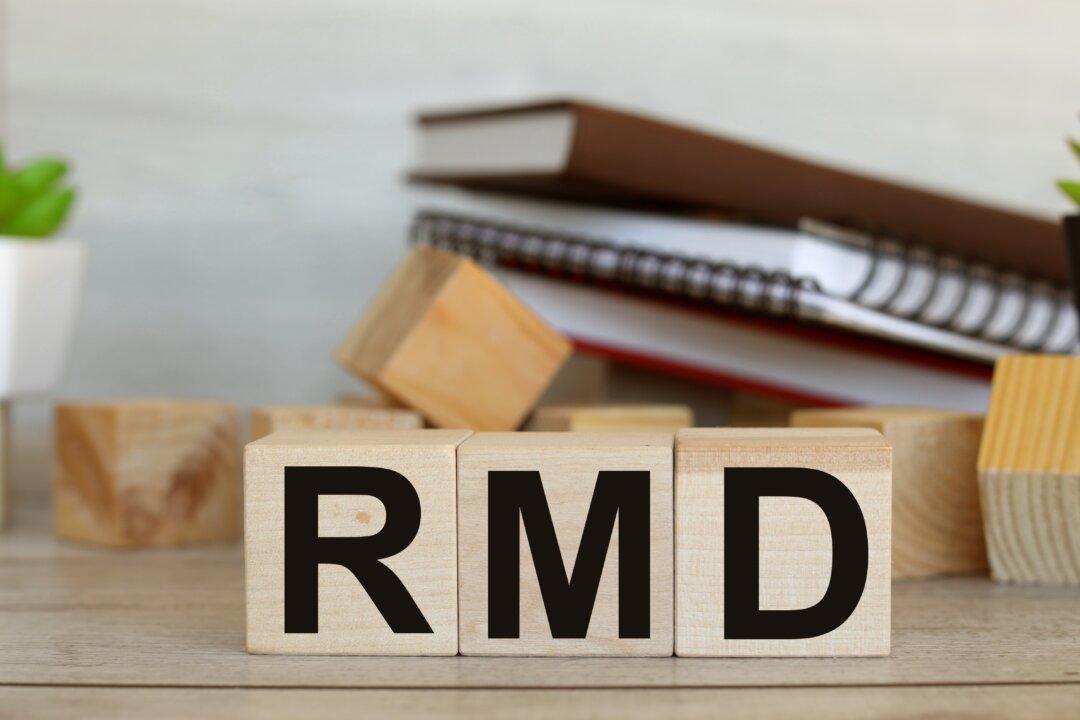If you have pre-tax retirement accounts, you'll eventually need to take required minimum distributions (RMDs). RMDs must begin when you reach a certain age (currently 73 or 75, depending on your birth year) and continue annually until your account is depleted or you pass away.
Because contributions to the retirement account were not taxed, you now owe taxes. If the RMD is big enough, it may force you into a higher income tax bracket. This means a higher tax liability. There are, however, some ways to diminish an RMD’s impact.
At What Age Do You Take RMDs?
The Setting Every Community Up for Retirement Enhancement (SECURE) Act 2.0 changed the eligibility age for taking RMDs. According to Thrivent, the new ages are:- 72 if you were born in 1950 or earlier
- 73 if you were born between 1951 and 1959
- 75 if you were born in 1960 or later






